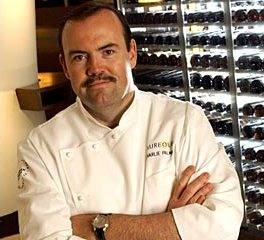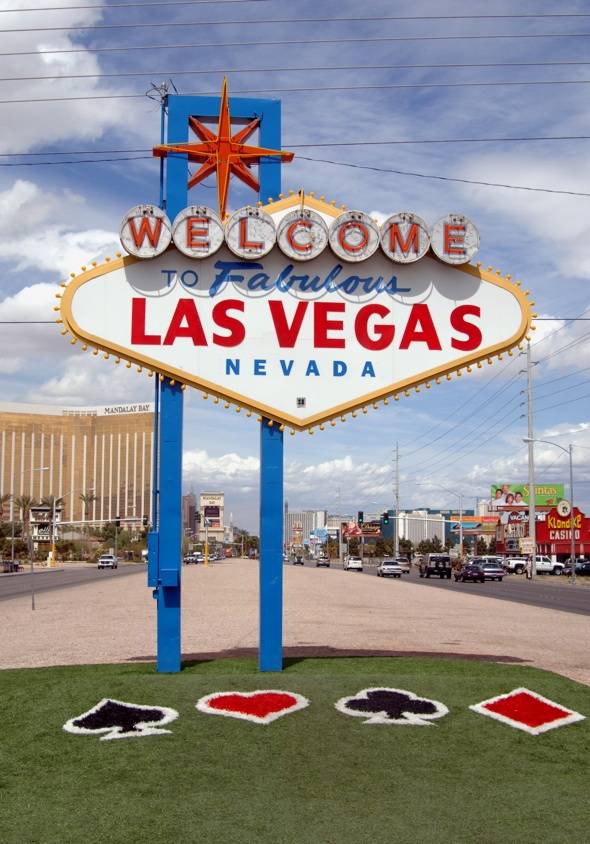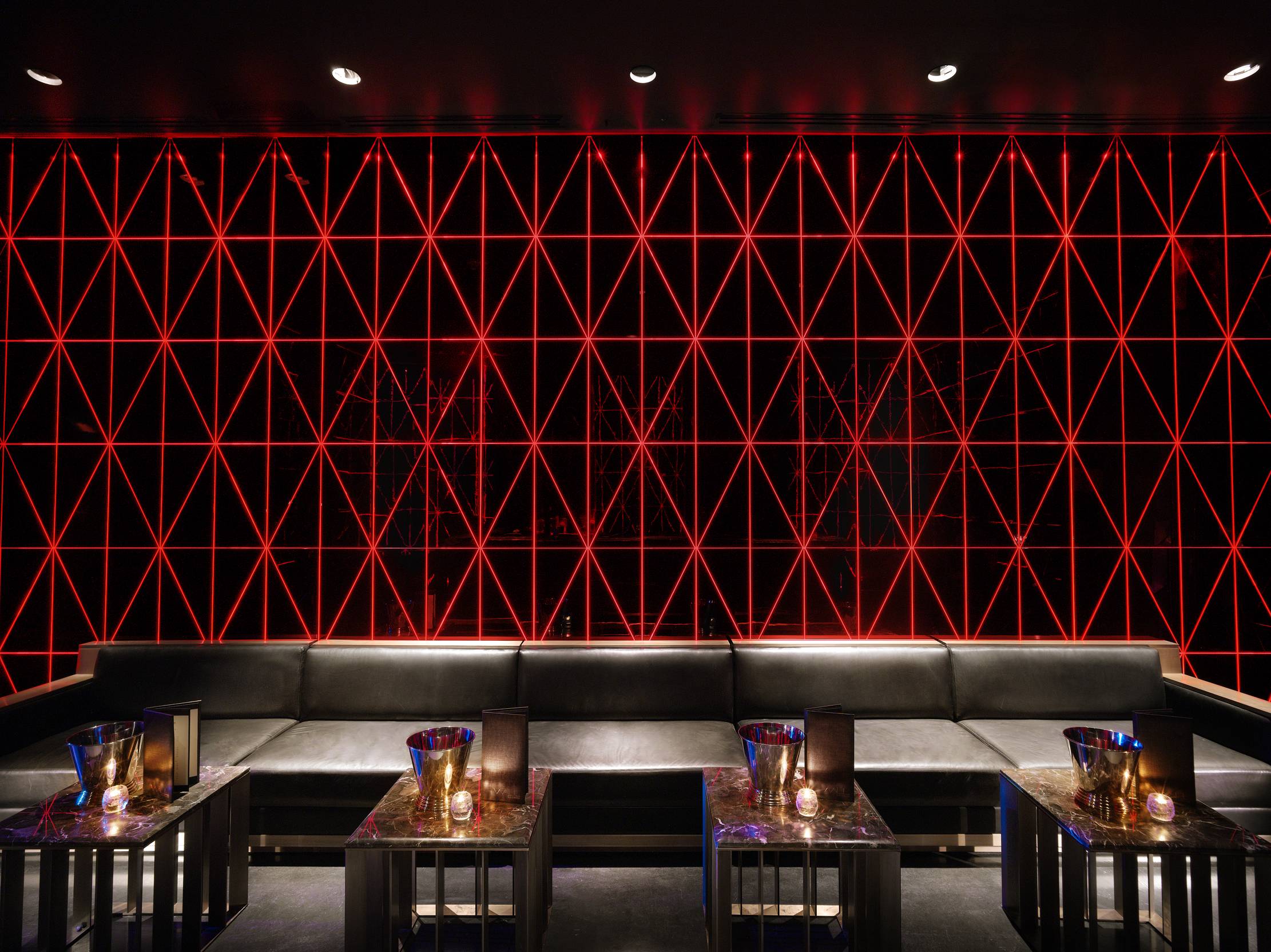Renowned Chef Charlie Palmer is one of the pioneers of progressive American cuisine, an evolving style of cooking built on classical French technique with regional American ingredients. His restaurants, 13 of them at the present time, are known to incorporate his style and still remain unique. Palmer is a James Beard Foundation honoree and the author of numerous cookbooks. Charlie Palmer Steak at the Four Seasons Hotel Las Vegas includes dishes like Charcoal Grilled Filet Mignon in Roasted Shallot Jus, a 28-day-aged Bone in Rib-Eye; Fire-Roasted Sonoma Chicken with Parmesan Gnocchi, Rosemary Jus and Crispy Skinned Australian Sea Bass with Cannelloni Beans and Fragrant Basil. Chef Palmer’s famous side dishes include some of his signature potato creations such as Truffle Baked Potato, CP Steak Fries and Yukon Gold Potato Purée. Aureole at Mandalay Bay was created as the ultimate in theatrics in dining including Wine Angels flying through the four-story, temperature controlled glass and steel wine tower — the largest in the world — which houses 10,000 of Palmer’s award-winning 50,000 bottle list. Entrees include fennel steamed Alaskan salmon with organic green asparagus, tomato-spiked herbed hollandaise and caramelized Sonoma duck Peking flavors which is preserved duck and ricotta cannelloni with a kumquat infused sauce. Chef Palmer keeps expanding the American cuisine and the venues where it is served.
Haute Living: What do you consider Progressive American cuisine?
Charlie Palmer: The cuisine is about presentation and aesthetics as well as the flavor. It is a style which interprets classic European cooking using American products and small farm producers. I don’t think it (Progressive American) is a real cuisine yet. America is still a young country and it will take us years before we really define what it really is.
HL: Why do you feel presentation is so important?
CP: People eat with their eyes before they taste the food, so it is important to create excitement on the plate, both what is seen as well as how it tastes. The dining experience is not just about the food but the whole experience including surroundings, service and presentation.
HL: Other than your own, what restaurants do you like in Las Vegas?
CP: I like Red 8 Asian Bistro at the Wynn. The food is good and quick. I also like Mario Batelli’s B&B Ristorante in the Venetian.
HL: Do you cook when you are home.
CP: Yes, I cook. I like to cook family-style meals. I have four sons and I like to get them involved. Two of my sons really like to cook. Here in Sonoma, it’s the season for grilling and I have a wood-fired oven to make pizza. I just roasted a leg of lamb for a big family meal.
HL: What made Las Vegas such a great culinary town in the past ten years?
CP: Well, I was one of the first chefs to open a restaurant here in Las Vegas and was one of the pioneers of bringing this type of food to this city. This is not just a destination town, but a place to conduct business, especially with the many conventions here in town. We have people visiting from London, Hong Kong, Los Angeles, New York and they appreciate good food and a great dining experience.
HL: What about Charlie Palmer Steak? It is focused toward men’s tastes?
CP: Yes, we offer great steaks, which are an American tradition, but we also offer fish and other dishes. Also, the room is very warm and comfortable I like to think we are very female friendly since we have many couples that dine at Steak.
HL: What innovations have you made at Steak?
CP: Our Cut of the Week program has become very popular. It is a three-course dinner paired with a wine for a price that people can now taste different cuts of beef and try different wines. It is especially popular with the locals who keep coming back.
HL: What is the challenge for the culinary scene in Las Vegas?
CP: Part of the challenge for those in the restaurant industry is competition which is healthy for Las Vegas. It is a transitional business where there are always changes. The other challenge is keeping up with those changes but keeping what works. You evolve with the times and changing tastes.





















